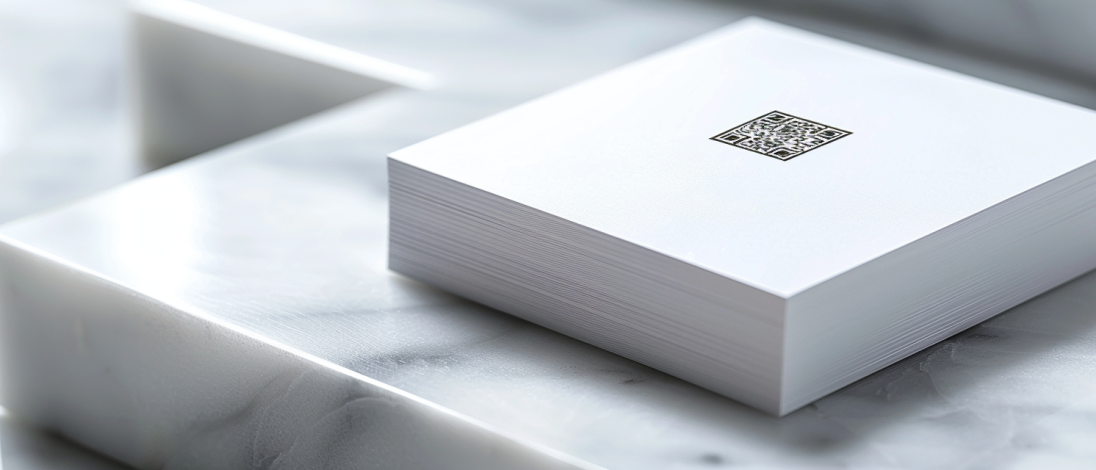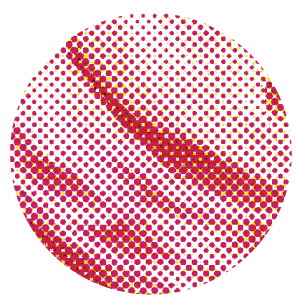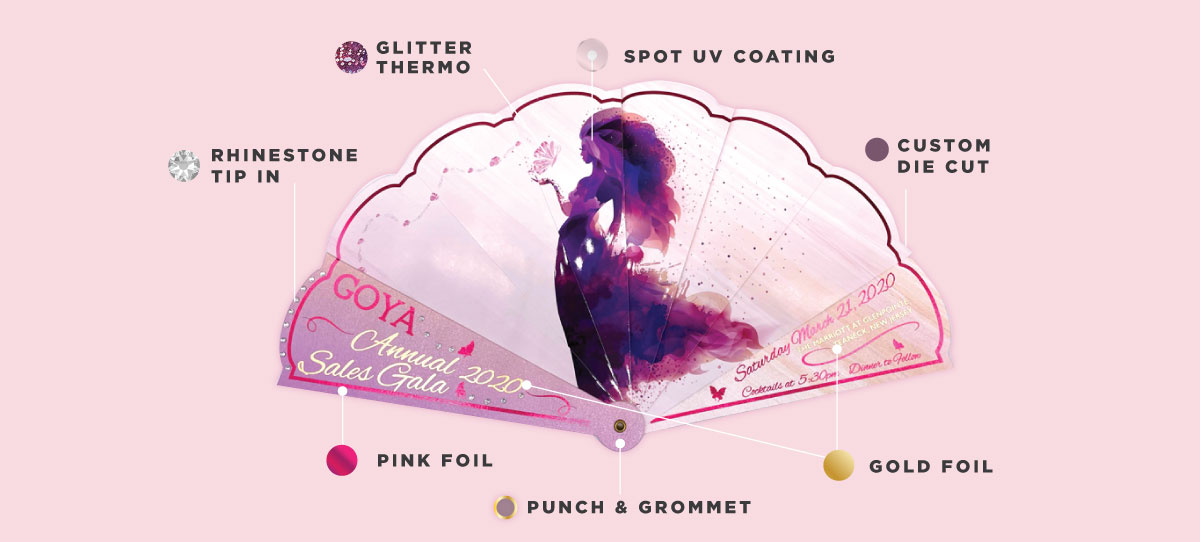Featured Product: Digital Business Cards
There is nothing more memorable than leaving your customer, client, or prospect with a business card that emanates your brand. Your brand defines who you are as a company and what your company values.
The tactile quality of a business card will always help create the lasting impression that you hope to leave. As a company that values the beauty of tactile print, we also recognize the advantages of digital. We have always tried to stay at the forefront of merging technology with our customers’ experience, which is why we started to develop our online portals for our customers in 1999.
Today, we are bringing a new product to our customers that will merge the beauty of print with the practicality of digital. We are now offering our customers the ability to integrate digital into print with custom buildable QR codes and NFC chips, developed seamlessly into your brand.
Digital Business Cards
 Read more about QR codes and NFC chips.
Read more about QR codes and NFC chips.
The objective of leaving a business card behind is to leave all of your important contact information with the person you met. Often, because of the medium, valuable data doesn’t make it to a place where it can be functionally stored. They stay in wallets, card decks, and other places where the intent is to keep it where you need it, but it might not always be there when you actually do.
This is why QR codes and NFC chips are so beneficial in branding. When you integrate our custom QR codes and/or NFC chips into your branded products, the codes will directly link all the information you wish to allocate directly to the address book or digital deliverable of your prospect.
This includes multiple phone numbers, your title, your company, your email, address, and even your website. All delivered directly to your prospect’s phone address book to be stored indefinitely. It will deliver all of this functionality with the classic sophistication of print, the most professional way to deliver your brand’s messaging.
Making all of your information available when your prospect needs it, which in the moment, is priceless.
Connect Your Brand

Each digitally connected print product can be seamlessly integrated with the technology and data that our portals already utilize to build your company’s brand. They can be simply integrated into the system your company is already familiar with.
If you would like to discuss the benefits and technology behind our on-demand, custom-built digital cards and other digitally connected branded products, we would love to have that conversation.
Contact us today to schedule a consultation on how we can connect your brand.







